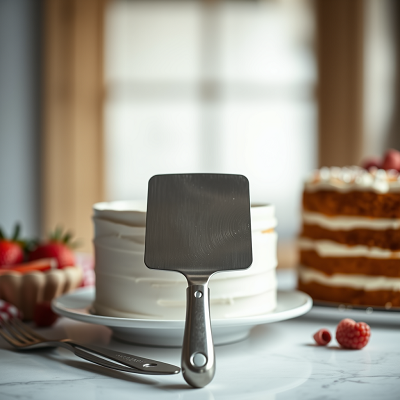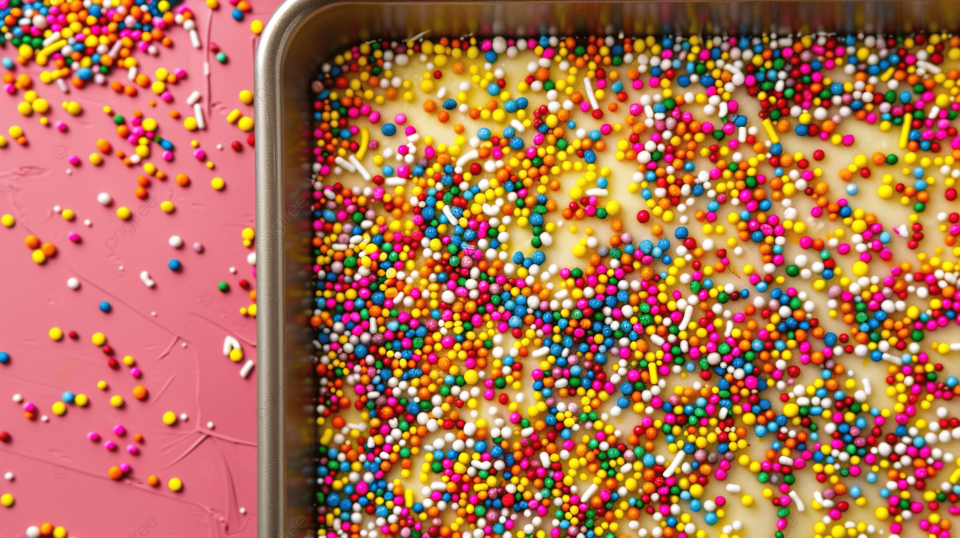Non stick cake pan are a baker's best friend, ensuring effortless cake release and easy cleanup. However, their special coating requires proper care to maintain its effectiveness and longevity. By following these simple tips, you can extend the life of your Non Stick cake pans and enjoy perfectly baked cakes for years to come.
1. Gentle Cleaning is Key
Hand Wash Only: Avoid the dishwasher at all costs. Harsh detergents and high temperatures can damage the Non Stick coating.
Use a Soft Sponge or Cloth: Abrasive scrubbers or steel wool will scratch the surface, compromising its Non-Stick properties.
Warm, Soapy Water: Wash your pan with warm water and a mild dish soap immediately after use to prevent food from sticking.
Avoid Harsh Chemicals: Skip harsh chemicals, abrasive cleansers, or scouring pads.
2. Proper Handling and Storage
Use Appropriate Utensils: Stick to silicone, wooden, or plastic utensils when using your Non Stick cake pan. Metal utensils can scratch and damage the coating.
Avoid Stacking: If you must stack your pans, place a layer of parchment paper or a soft cloth between them to prevent scratches.
Store in a Dry Place: Ensure your pan is completely dry before storing it in a dry place.
3. Mind the Heat
Avoid High Heat: Excessive heat can deteriorate the Non-Stick coating over time. Use medium to low heat whenever possible.
Don't Preheat Empty: Never preheat your Non Stick pan empty. This can cause it to overheat and damage the coating.
4. Grease and Flour (Sometimes)
When to Grease: While Non Stick pans are designed to release food easily, greasing and flouring can provide extra insurance, especially for delicate cakes or those with intricate designs.
Use the Right Grease: Use butter, shortening, or cooking spray designed for baking. Avoid olive oil or other cooking oils that can leave a sticky residue.
5. Consider Parchment Paper
A Baker's Best Friend: Lining your pan with parchment paper creates a barrier between the cake and the pan, ensuring easy release and protecting the Non-Stick coating.
Cut to Fit: Cut a piece of parchment paper to fit the bottom of your pan. You can also grease the sides for extra protection.
6. Reviving Your Pan
Try a Baking Soda Paste: For stubborn residue, make a paste of baking soda and water. Gently rub it on the affected areas with a soft sponge, then rinse thoroughly.
Baking Soda and Vinegar Soak: For tougher cases, try soaking the pan in hot water with baking soda and vinegar. Let it sit for a while, then scrub gently with a non-abrasive sponge.
Extra Tips
Season Your Pan: Some manufacturers recommend seasoning your Non Stick pan before the first use. Check the instructions that came with your pan.
Avoid Cutting in the Pan: Always remove your cake from the pan before cutting it to prevent scratches.
Conclusion
By following these simple guidelines, you can significantly extend the life of your Non Stick cake pans and enjoy perfectly baked cakes for years to come. Remember, gentle cleaning, proper handling, and mindful use are key to maintaining the integrity of the Non-Stick coating.




Write a comment ...